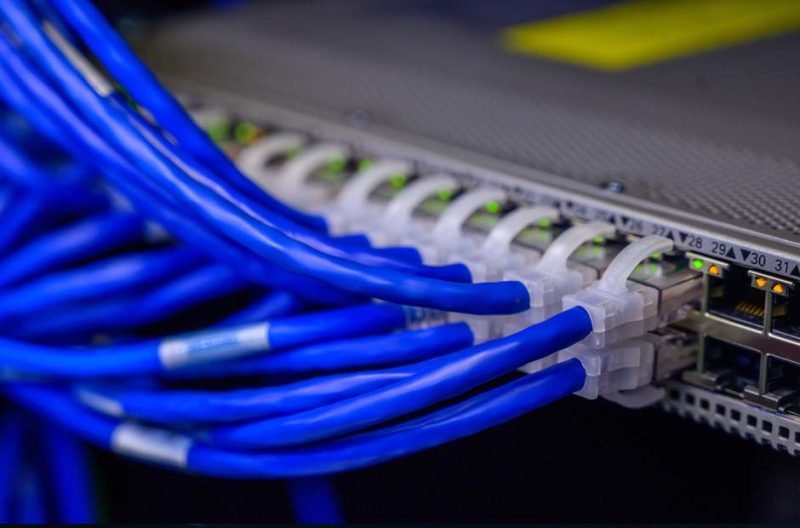
TCP/IP, or Transmission Control Protocol/Internet Protocol, is the foundation of modern networking. It allows machines on the internet to talk to each other without any problems. In this piece, we’ll go over the basics of TCP/IP and look at how it affects network communication in a big way. In particular, we’ll talk about how important it is to have shared port numbers, which act as gateways for different network services and apps.
The Basics of TCP/IP:
TCP/IP is a set of protocols that make it possible to send data over networks in a safe and efficient way. It is made up of two main protocols: TCP, which makes sure that data is sent reliably, and IP, which handles routing and handling of packets.
The TCP/IP Model:
TCP/IP is also built in layers, like the OSI model. It has four layers: the Network Interface Layer, the Internet Layer, the Transport Layer, and the Application Layer. Each layer is important to the process of communication, but the Application Layer is the most important to end customers.
Understanding Common Port Numbers:
Port numbers give each network service running on a computer its own unique name. They run from 0 to 65,535, with the most well-known port numbers between 0 and 1,023. Common port numbers are used everywhere on the internet, like 80 for HTTP or 443 for HTTPS.
The Role of Common Port Numbers:
Devices can tell the difference between different network services and apps by using common port numbers. For example, port 25 is often used for SMTP (Simple Mail Transfer Protocol) email communication, while port 22 is linked with SSH (Secure Shell) for secure remote access. By using these port numbers, devices can make sure that data packets get to the right place.
Facilitating Efficient Network Communication:
TCP/IP makes sure that network transmission works well by using common port numbers. Based on the port number in the packet header, devices can quickly figure out which service or programme the data is for. This makes data transfer smooth.
Security Implications:
For network protection, it is very important to know about common port numbers. Port numbers are used by firewalls and other security methods to let or block certain types of network traffic. Organisations can improve their total network security by monitoring and controlling access to certain server ports.
Port Forwarding and NAT:
Network Address Translation (NAT) is used when more than one device shares a single public IP address. NAT lets private IP addresses be changed to a single public IP address. Port forwarding is a feature of NAT that lets people outside the network use certain services running on devices inside the network. This is done by mapping external port numbers to their matching internal port numbers.
Evolving Port Number Assignments:
As technology changes, new apps and services are made, which often means that new port numbers need to be given. Keeping up with the latest port number assignments is important for network protection and communication.
Read Also: What is hping?
Conclusion:
TCP/IP is the foundation of network communication and makes it possible for data to move smoothly across the internet. It’s important to understand how common port numbers work in the TCP/IP system so that you can communicate well and keep your network secure. Devices can find and send data packets to the right services by using their port numbers. This makes the digital world more linked.

